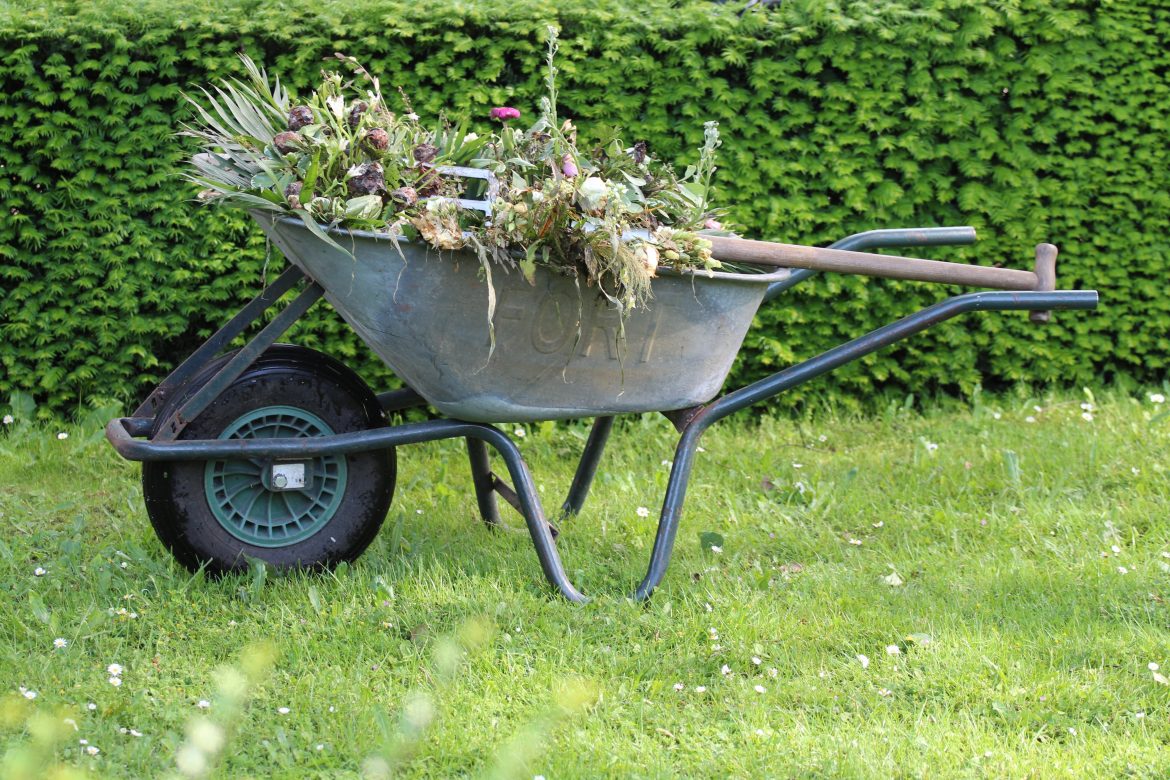When you think of weeds, you probably imagine an overgrown mess threatening your perfectly curated flower beds. But here’s the twist every gardener should know: not all weeds are villains. Some are actually quiet heroes, protecting your soil, attracting pollinators, and even telling you what your garden needs. Think of them as nature’s messengers with a wild streak.
Let’s uncover a few “good weeds” that might just deserve a second chance before you pull them out by the roots.
Clover – The nitrogen booster
If you’ve spotted soft, three-leaf clover creeping through your lawn, don’t be too quick to yank it out. Clover is a natural nitrogen fixer, drawing nitrogen from the air and feeding it into the soil, enriching it for surrounding plants. This means greener grass, stronger vegetables, and fewer fertiliser needs. It also acts as a living mulch, preventing soil erosion and retaining moisture.
Dandelions – The deep soil doctors
Yes, those bright yellow flowers that pop up everywhere are actually soil saviours. Dandelions have deep taproots that draw nutrients such as calcium and iron from deep underground, bringing them to the surface for other plants to use. Once the dandelion dies back, it leaves behind channels that help aerate compacted soil. Their flowers are bee magnets, and their leaves can even be added to salads for a bitter, nutrient-rich kick.
Chickweed – The living mulch
Soft, low-growing, and surprisingly charming, chickweed spreads fast – but it does so gently, shading the soil and helping it retain moisture. It keeps the ground cool and reduces evaporation, acting like a natural mulch layer. It’s also edible (perfect for smoothies or salads) and signals nitrogen-rich soil – a great sign for veggie gardens.
Plantain – The natural healer
No, not the banana-like fruit. Broadleaf plantain, often seen with ribbed leaves and tall seed spikes, is a powerhouse plant for healing both soil and skin. It helps repair compacted soil and is a favourite in natural remedies for insect bites or skin irritation. The leaves attract beneficial insects and provide shelter for soil-dwelling critters that boost garden health.
Queen Anne’s Lace – The pollinator magnet
This delicate, lacy flower, also known as wild carrot, adds a touch of whimsy to your garden while working hard behind the scenes. It attracts beneficial insects like ladybirds, lacewings and parasitic wasps that prey on common pests such as aphids. Its deep roots help stabilise soil, and its blooms add a romantic, meadow-like touch to your garden aesthetic.
Purslane – The drought defender
This succulent-like ground cover thrives in hot, dry conditions and helps protect your soil from doing the same. Purslane forms a dense mat that locks in moisture and prevents problematic weeds from taking over. It’s edible and packed with omega-3 fatty acids – one of the most nutritious “weeds” out there.
So, should you let weeds grow?
The key is balance. While these beneficial weeds have perks, letting them overrun your garden isn’t the goal. Instead, think of them as nature’s assistants – use them strategically. Leave a few patches around the edges of your garden or in unused corners to keep the ecosystem thriving.
Before declaring war on weeds, take a moment to observe. Some of those scrappy plants are quietly enriching your soil, supporting pollinators, and creating a more self-sustaining garden. With a bit of understanding, you can turn your “weed problem” into a wildly beautiful advantage.
ALSO SEE:
Featured Image: Pexels

